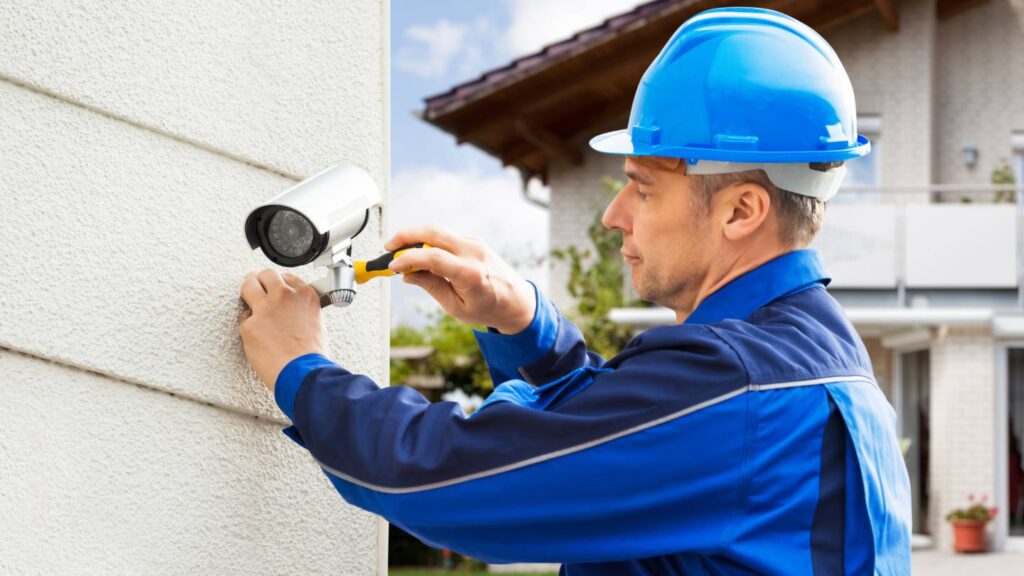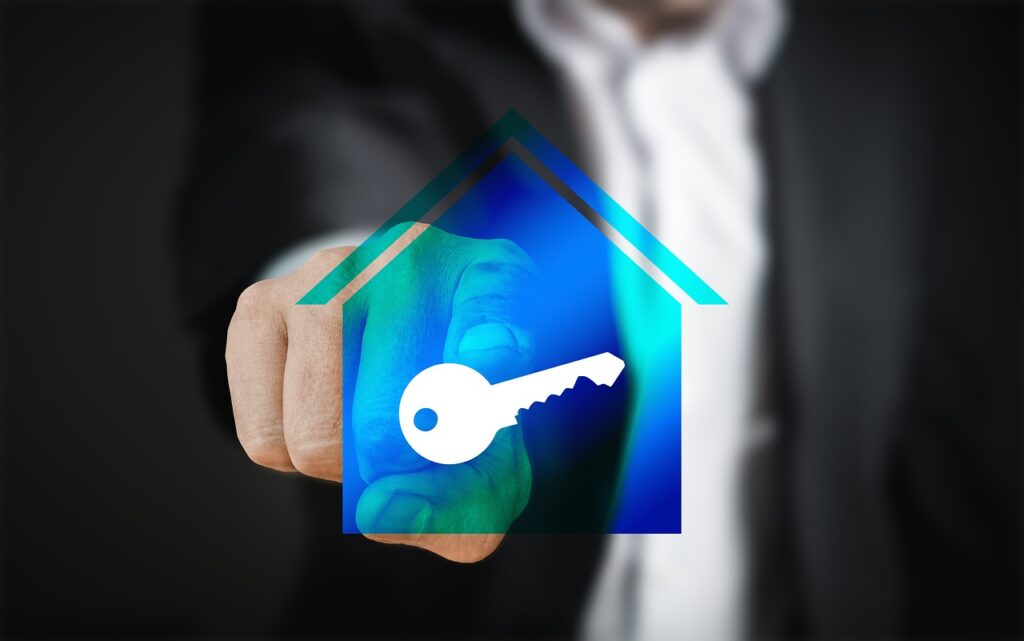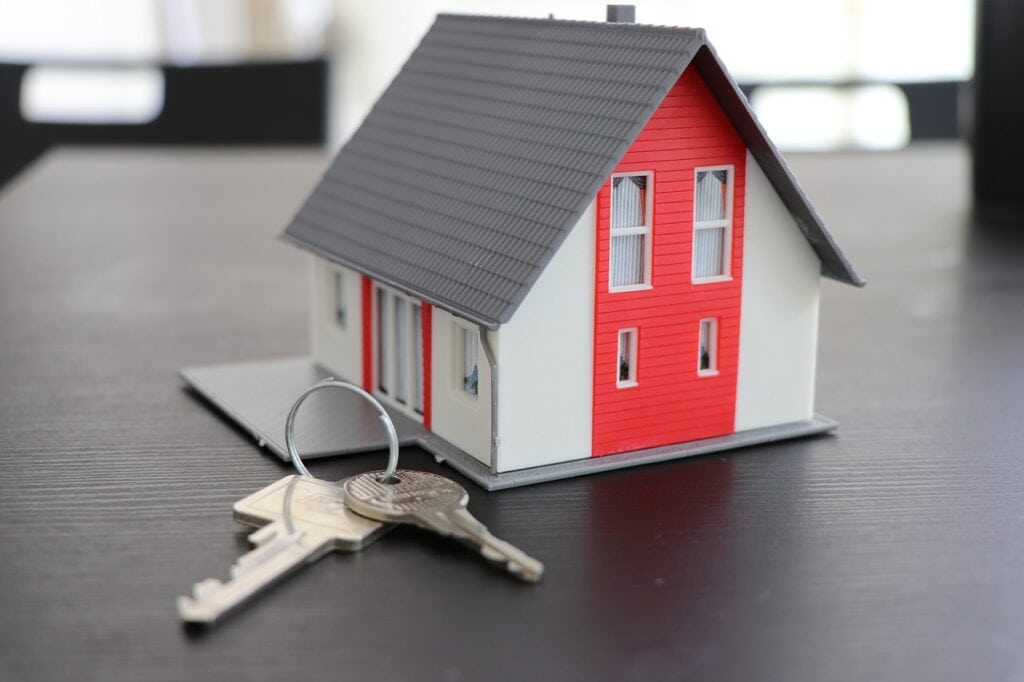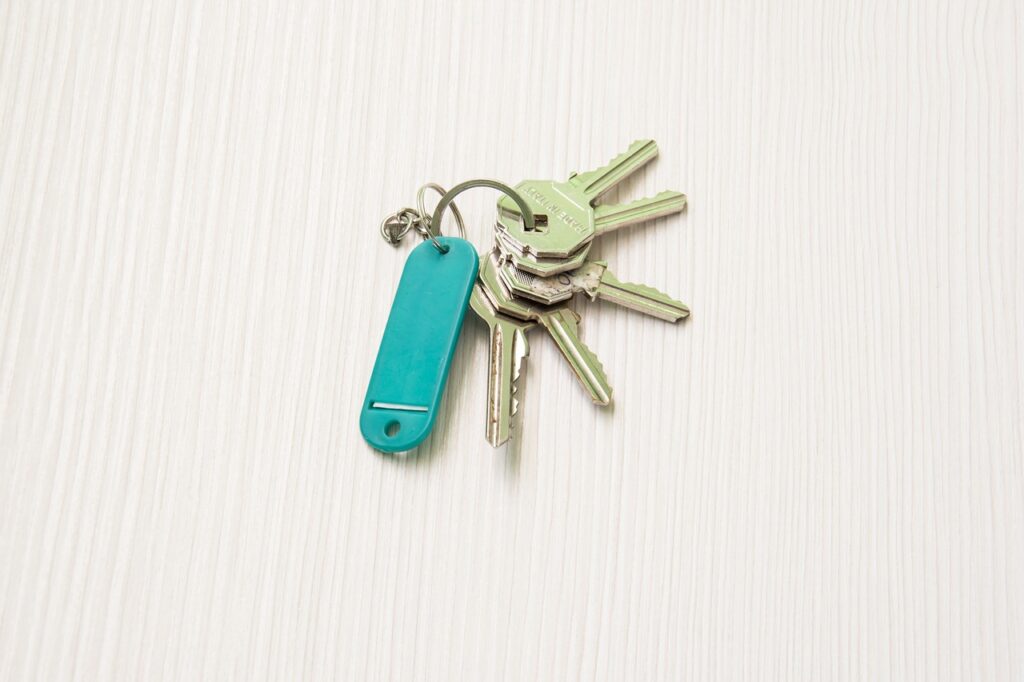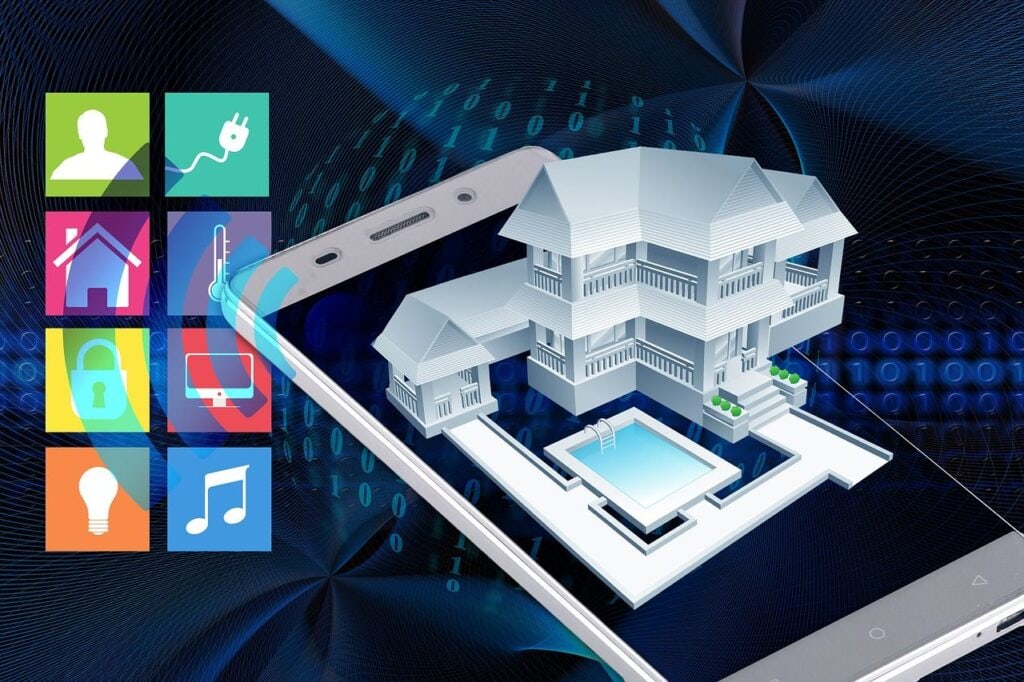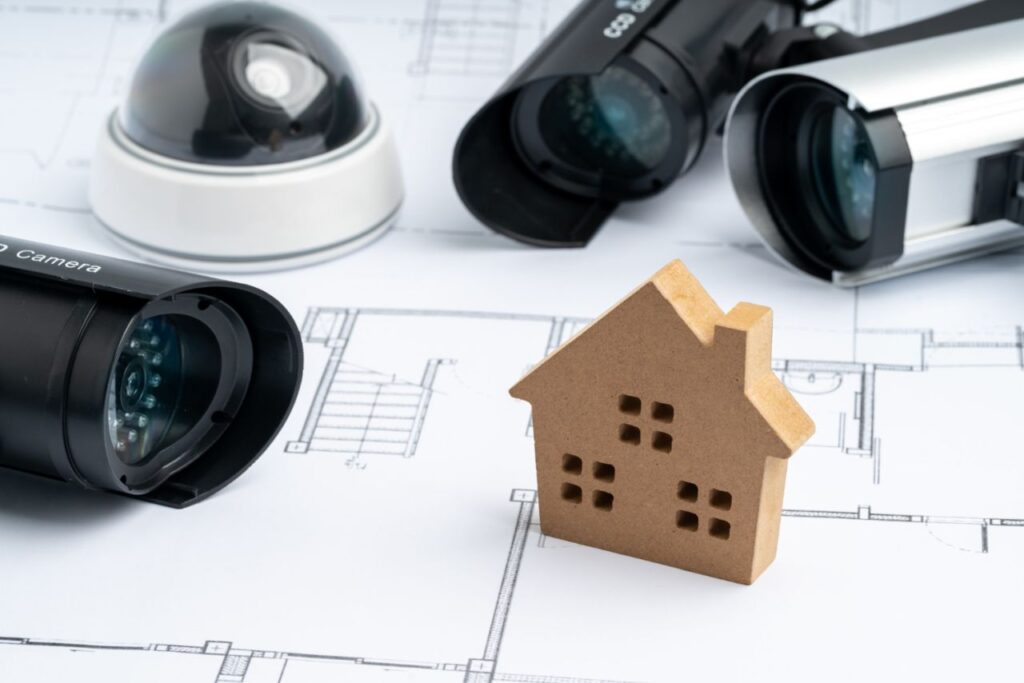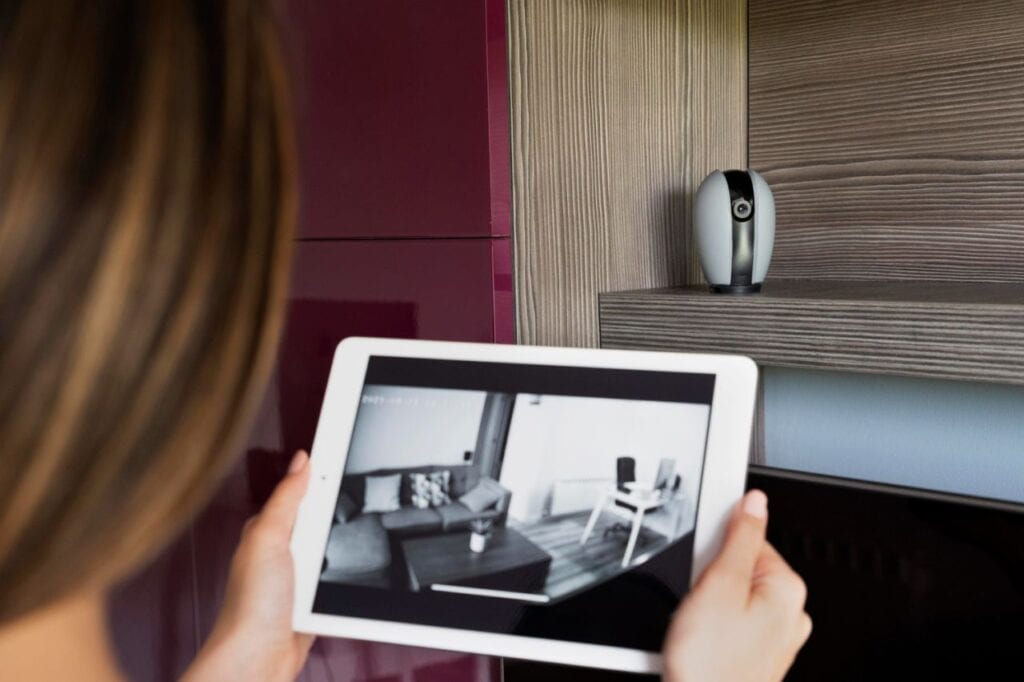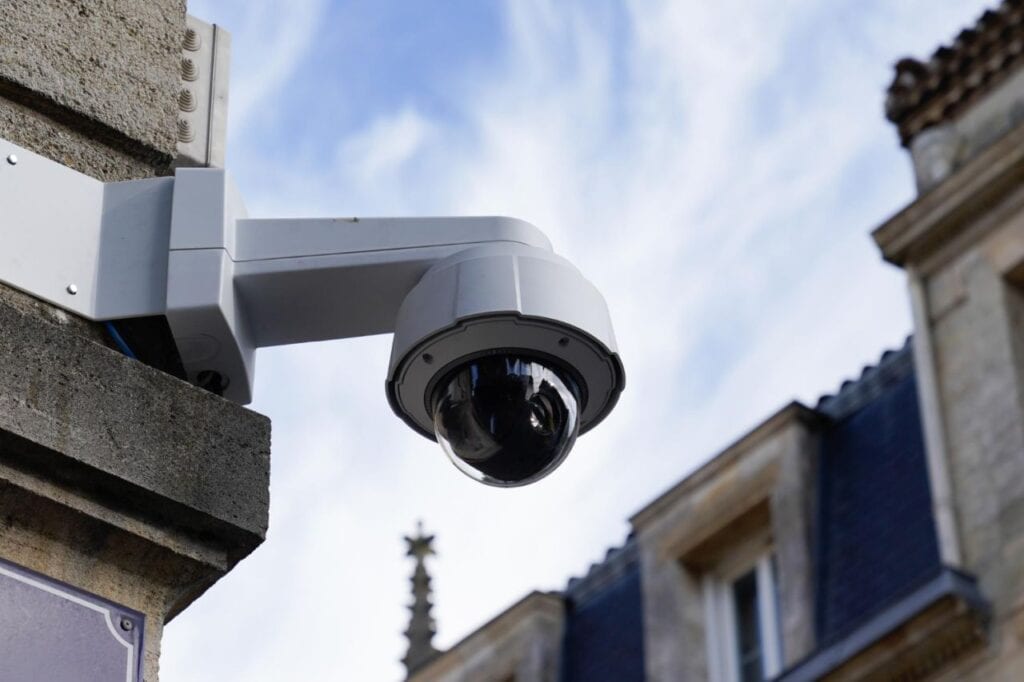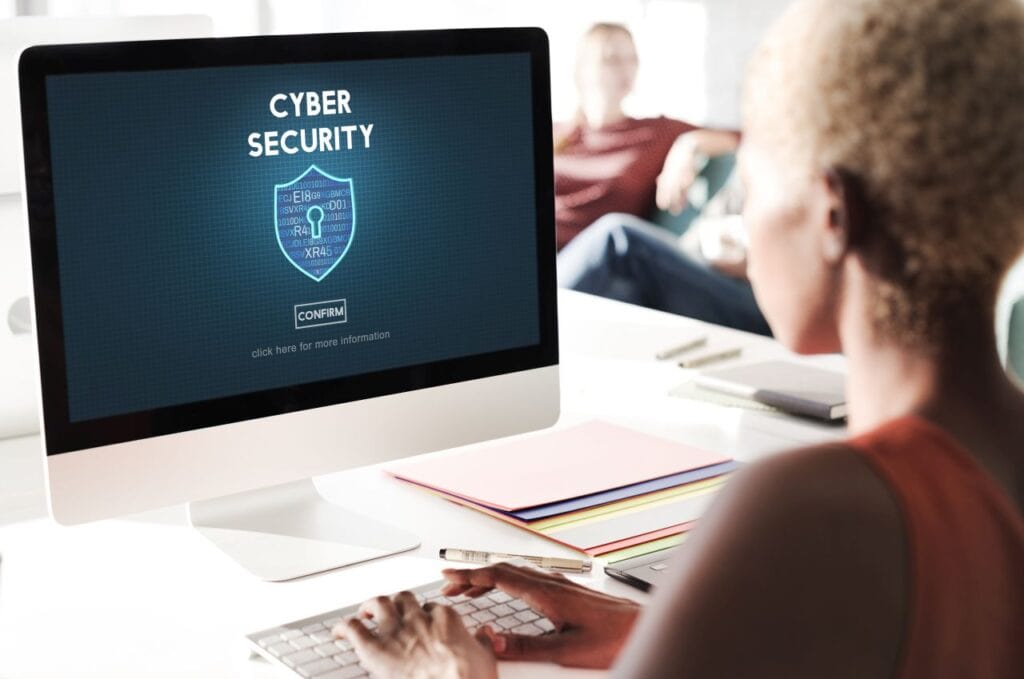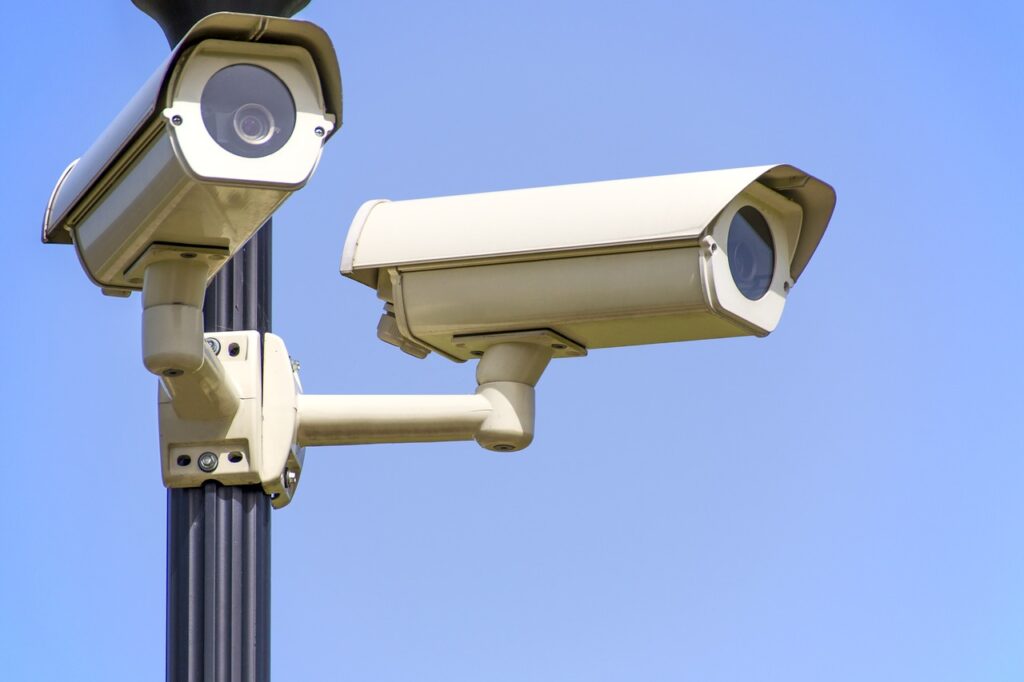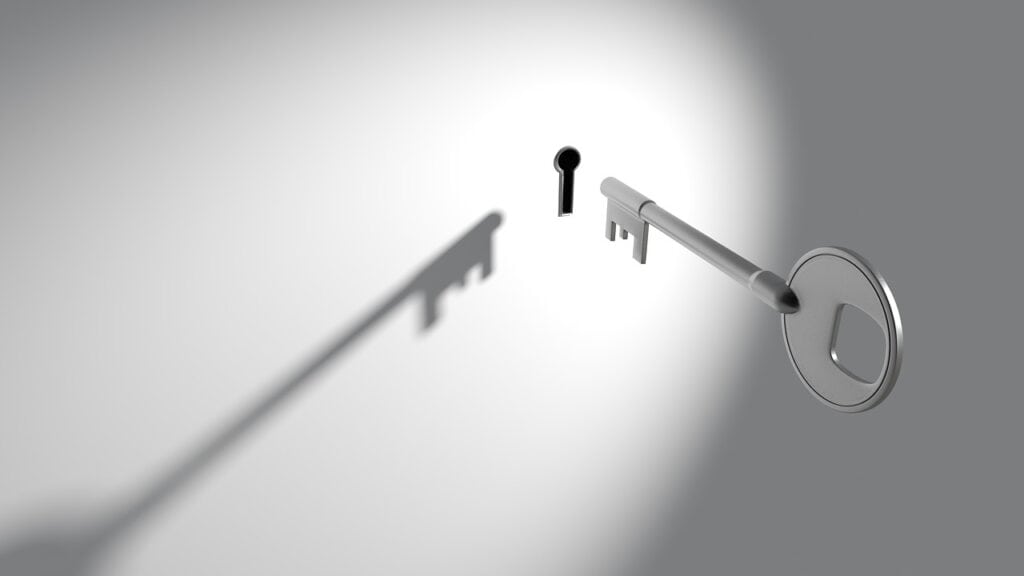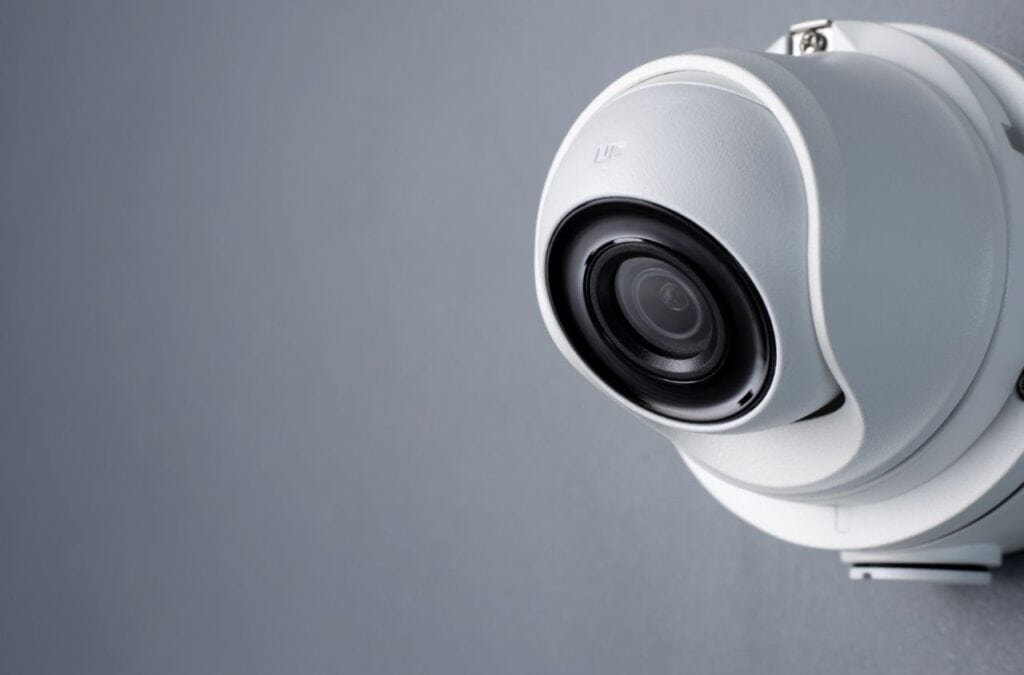Home CCTV systems are essential for home security in this technologically advanced era. With these monitoring systems, homeowners can feel more secure and in charge of their property.
Nevertheless, certain difficulties may arise during the installation and operation of CCTV despite its many advantages. To fully appreciate the security benefits of home CCTV systems, it is essential to identify and resolve these obstacles.
To answer the question, "What are home CCTV installation challenges?" this article explores the complexities homeowners may face when installing and maintaining CCTV systems.
To preserve homes and provide homeowners peace of mind, it is vital to navigate these hurdles, ranging from technical issues to worries about strategic placement, and assure a dependable monitoring solution.
Top 6 Things To Think About Before Installing CCTV Cameras
Installing CCTV is not only widespread in businesses and offices, but it has also become more common in homes in recent decades. Depending on the installation's complexity and difficulty, you can hire a professional or do it yourself.
Even more crucially, blunders during CCTV installation can lead to subpar coverage, inefficient storage, and unsatisfactory control. If you want to avoid these issues and ensure you have the best setup, hiring experts is the way to go.
Factors to Think About When Setting Up CCTV Cameras
- Coverage – Before you cover anything, you need to identify where it's most vulnerable. To determine the most advantageous spot to set up the cameras and get the most coverage possible, the CCTV installation company will despatch an analyst. Just let the expert know if there's a particular region you need the camera to capture.
- CCTV Camera Types – The most common ones nowadays are those that do away with the necessity to run cables. While these cameras are easy to operate, there is a difference between them and other CCTV cameras. A bullet or conventional directional camera typically has a single fixed lens that focuses on a single subject. Many public places, such as shopping centres and business offices, use dome cameras to see all directions. Consequently, it would help if you chose cameras according to the coverage you desire and the quality they offer.
- Locations – Make sure you don't overlook any spots that could be vulnerable; it's crucial. This means different types of cameras can be used depending on their location. Remember not to overlook indoor coverage, either. Even with full coverage, masked burglars are becoming more adept at eluding exterior cameras. Indoor use of a low-light competent dome camera is a lifesaver.
- Legality and Declaration – Notifying individuals they are being recorded is a legal requirement. Stores and offices are examples of public spaces where this is especially crucial. In either case, you can achieve your goal by observing signals indicating the presence of CCTV cameras. Furthermore, installing CCTV cameras in private areas, such as restrooms, has potential legal repercussions.
- Permissions – The location of the proposed CCTV installation will determine whether official approval from relevant authorities is necessary. It is a polite requirement regardless of whether or not it is required by law. Installing closed-circuit television cameras outside your house also risks spying on your neighbour's house or business. You should inform them if they are uneasy with the angle and adjust accordingly. Before establishing a residential colony, you must usually notify the local civic organisation or body.
- A technical nature – Check that your cameras can record high-definition footage and consider any supplementary gear you might require. The recording and storing gear is often included with CCTV setups. Some even have the option of cloud storage, which means keeping the footage online. Instead, data is stored locally on a hard drive, like a desktop or laptop computer. You can't compare the hard drives of your recorder and laptop; the former has a significantly larger capacity and can run constantly for far longer. In contrast to regular laptop hard drives, surveillance hard drives are ideal for this arrangement and can function continuously around the clock.
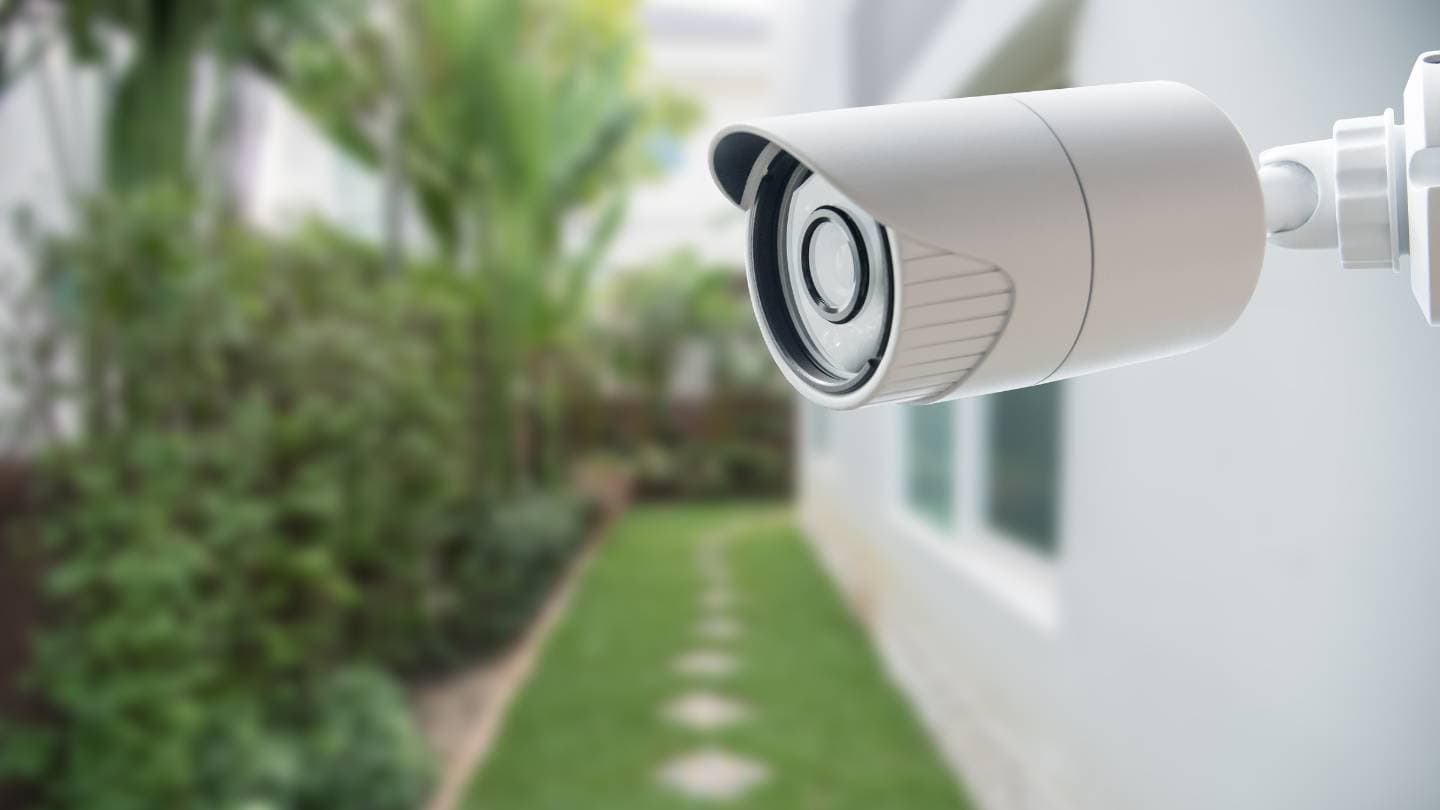
Typical CCTV Issues And Solutions
We understand how frustrating it is when your CCTV stops working, so our helpful staff has compiled this troubleshooting guide.
Check Camera Power And Connection
A disconnected lead or a downed network could be the root of the problem. While most Internet protocol (IP) cameras feature built-in LED indicators for data transmission to the network, there are cases where this is not the case.
Ensure the camera is hooked to an external power source (the wall) if its LEDs aren't illuminating. A complex camera, such as a pan-tilt-zoom, will consume more power than a standard wall outlet can provide, so be sure to check the wattage rating of your camera if it needs to be battery-driven.
Find And Ping Camera
Look in the camera's directory to see what the IP address is. Once you have your address, you may test the connection strength by "pinging" it using your laptop or smartphone.
When you use Windows' search engine, type "cmd" to launch a DOS command prompt. Enter "ping" along with your IP address when prompted to proceed.
You can sometimes see "Destination Host Unreachable" or "Request Time Out" displayed. If that's the case, ensure your peripheral shares the same network as your security cam. Try connecting through your browser if you can see the camera on the network.
Know Login/Password
You might have entered the incorrect login or password if you can ping the camera but still can't connect. In such a case, you should consult the handbook.
Check The ARP Tables
Verify the ARP tables, typically found on the camera's outside. If you have an ARP server, you can use it to look up IP addresses and MAC addresses.
Notify Of No IP Clash
Make sure that each of your cameras has a unique IP address if you're using more than one; otherwise, you may be unable to access any of them.
Update The Firmware
Make sure your camera is current. Doing so is as simple as logging into VMS and going to the web page for the camera.
Clear The Camera
Inputting your settings again after turning the system off for 10–20 seconds is something we do initially sometimes.
Check The Cables
Verify that the cables are taut and securely fastened; any kinks or frayed wires could be causing your issue.
Clear The Camera's Memory
If you do this, you risk losing all of your data, but it will help you fix any problems. A paperclip inserted into the rear's pinhole reset button will perform a factory reset.
Contact The Manufacturer Or Remote Monitoring Provider
Consult a professional who can guide you step-by-step if you ever feel uncertain.
5 Professional Home Security CCTV Installation Suggestions
There is no way to downplay the significance of security cameras. A system's performance, whether at a home or commercial location, is directly proportional to the competence of the installers and maintainers.
We polled a wide range of professionals in the field to find out what they think are the most important considerations when setting up security cameras to get the most bang for the buck.
We will sprinkle their views on the matter with our own so that you can see the big picture of everything that needs thinking before investing any business resources.
Recently, there has been a noticeable uptick in installing CCTV surveillance systems.
These are increasingly commonplace; you can find them at just about any establishment you can think of, from restaurants and gas stations to junctions, and they work in tandem with emerging technologies like cloud computing and automation to boost productivity.
If you're a business owner looking for a reliable security system, check out this new surveillance camera technology. We may go over some of the advantages and how they will assist homeowners and businesses that are considering getting one.
Adjust Cameras For Viewing Area
Placing your cameras such that they will capture the intended area is a good rule of thumb. If you put them there, they may need help seeing out of their corners.
Remember Your Lighting Needs
Ensure the area you're monitoring has enough light for your cameras. Use a CCTV camera with night vision instead when the lighting is bad. Always ensure the location is well-lighted before installing a nighttime security system, as a badly lit environment can make surveillance difficult, if not impossible.
CCTV Cameras May Monitor Secret Entrances
Potential access points for intruders include windows and doors in the basement and those at the rear of the house. Ensure your cameras capture these regions to prevent would-be intruders from triggering the burglar alarm before they can steal anything.
Watch The Front Door
Some burglars are so cunning that they can even use the front door as a point of entry. To thwart their cunning schemes, you must install cameras.
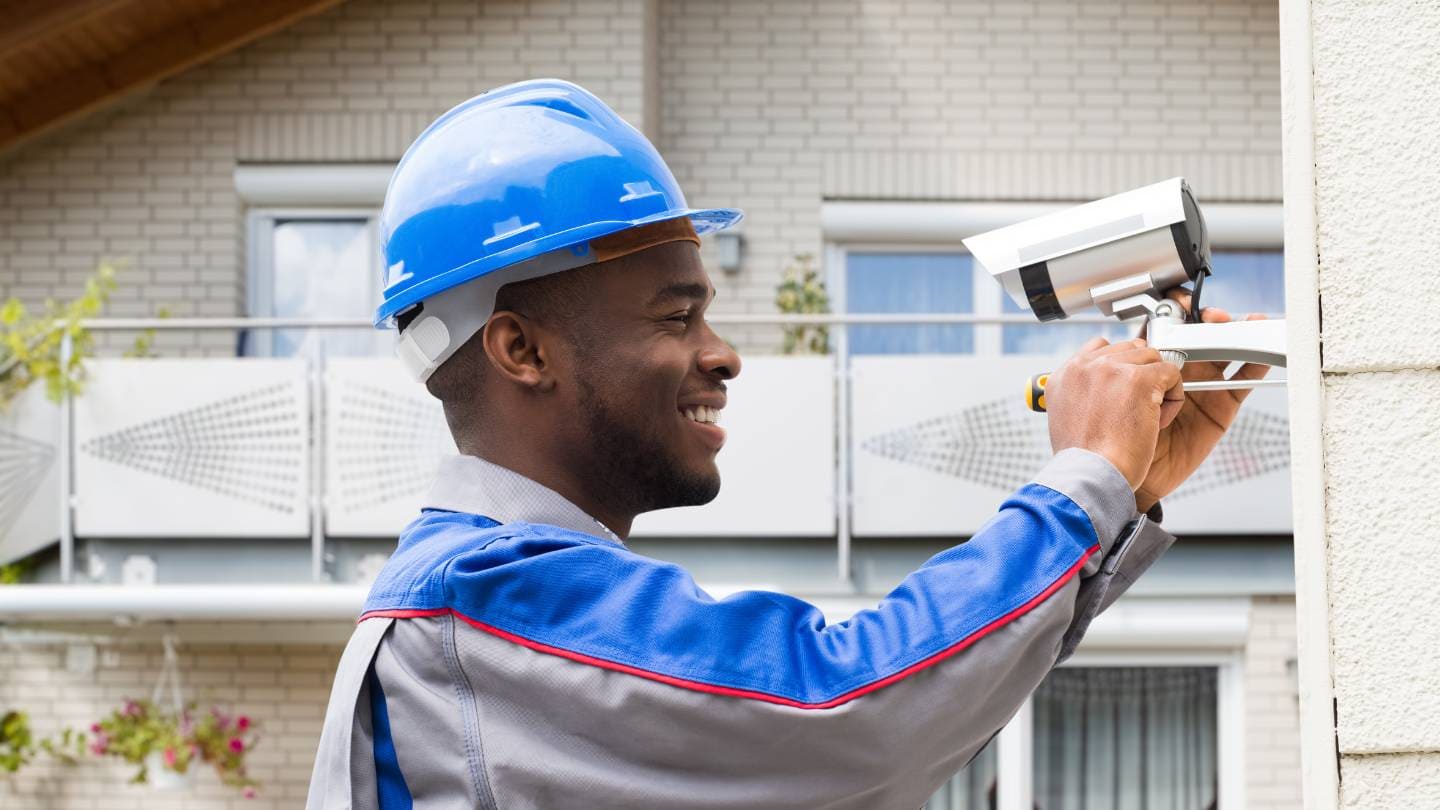
Put The Best Security Cameras To Use
More and more people opt to use PTZ cameras due to rapid technological advancements. On the other hand, a fixed wide-angle camera strategically positioned for coverage can overcome its limited viewing area and the large number of moving parts required for its operation.
One or two pan-tilt-zoom (PTZ) cameras added to an existing fixed-angle security camera setup will ensure that no one can sneak in undetected from any angle, giving you more flexibility with your video surveillance system without requiring full 360-degree motion detection capabilities.
Connecting two camera systems is a breeze with your software. For example, when the wide-angle detects action in a certain quadrant, you can tell the PTZ to zoom and turn until it gets all the necessary shots. You won't need to be physically present to review the footage and monitor the security of your home.
Conclusion
Home CCTV systems are crucial for security in today's technologically advanced era. However, installation and operation can be challenging due to technical issues, strategic placement concerns, and concerns about control. To ensure a reliable monitoring solution, homeowners should consider factors such as coverage, camera types, locations, legality, permissions, and technical aspects.
Identifying vulnerable areas, choosing appropriate cameras, ensuring legal compliance, obtaining permissions from relevant authorities, and ensuring high-definition footage recording and storage are essential. Hiring experts can help avoid these challenges and ensure a secure home security system.
CCTV issues can be resolved by checking camera power, connection, IP address, login/password, ARP tables, notifications of no IP clash, firmware updates, clearing the camera, cables, memory, and consulting a professional. Professional home security CCTV installation suggestions include adjusting cameras for viewing area, remembering lighting needs, monitoring secret entrances, and monitoring the front door.
PTZ cameras are increasingly popular due to technological advancements, while fixed wide-angle cameras can overcome limited viewing area and moving parts. Pan-tilt-zoom (PTZ) cameras can provide more flexibility without requiring full 360-degree motion detection capabilities. Connecting two camera systems is easy with software, allowing for easy review and monitoring of security footage. Professional home security CCTV installation experts can provide guidance on the best security cameras for your needs.
Content Summary:
- Home CCTV systems are crucial for home security, but installation and operation can be challenging.
- Despite the benefits, certain obstacles can arise during the installation and operation of CCTV systems.
- Top 6 Things to Consider Before Installing CCTV Cameras
- Coverage: Identify vulnerable areas for optimal coverage.
- CCTV Camera Types: Choose cameras based on their coverage and quality.
- Locations: Consider potential vulnerabilities and use different types of cameras depending on their location.
- Legality and Declaration: Notify individuals about being recorded, especially in public spaces like stores and offices.
- Permissions: The location of the proposed installation determines if official approval is necessary from relevant authorities.
- Technical Nature: Check if the cameras can record high-definition footage and consider any additional gear.
- Technical Considerations: Check if the cameras can record high-definition footage and consider any supplementary gear.
- Surveillance hard drives are ideal for continuous operation and are ideal for monitoring systems.
- CCTV Issues and Solutions
- Checking Camera Power and Connection
- Check if the camera is connected to an external power source.
- Check the wattage rating of the camera if it needs to be battery-driven.
- Finding and Ping Camera
- Check the camera's directory for the IP address.
- Test the connection strength by "pinging" it using a laptop or smartphone.
- Know Login/Password
- If the camera can't connect, consult the handbook.
- Check The ARP Tables
- Verify the ARP tables found on the camera's outside.
- If using an ARP server, look up IP addresses and MAC addresses.
- Notify Of No IP Clash
- Ensure each camera has a unique IP address.
- Update The Firmware
- Ensure the camera is current by logging into VMS and going to the camera's web page.
- Clear The Camera
- Input your settings again after turning the system off for 10–20 seconds.
- Check The Cables
- Ensure the cables are taut and securely fastened.
- Clear The Camera's Memory
- If you risk losing all your data, clear the camera's memory.
- Contact The Manufacturer Or Remote Monitoring Provider
- Consult a professional for step-by-step guidance.
- Professional Home Security CCTV Installation Suggestions
- Adjust cameras for the viewing area.
- Remember your lighting needs.
- Monitor secret entrances.
- Watch the front door.
- Put the Best Security Cameras To Use
- PTZ cameras are increasingly used due to technological advancements.
- Fixed wide-angle cameras can overcome their limited viewing area and the large number of moving parts required for its operation.
- One or two pan-tilt-zoom (PTZ) cameras added to an existing fixed-angle security camera setup can ensure no one can sneak in undetected.
Frequently Asked Questions
While strong winds may not directly damage cameras, they can cause movement and shaking, leading to unstable footage. Ensure proper mounting and stabilisation to mitigate the impact of wind.
Invest in weather-resistant cameras with IP66 or higher ratings. Regularly inspect and clean camera lenses, and consider additional protective accessories such as sun shields and rain covers.
Direct lightning strikes can damage cameras and other electronic devices. Surge protectors and grounding systems can help protect CCTV cameras from lightning-induced electrical surges.
Weatherproof cables are crucial to prevent water damage and ensure the reliable operation of outdoor cameras during various weather conditions.
Regular maintenance, proper installation, and choosing weather-resistant cameras designed for outdoor use are key factors. Additionally, monitoring weather forecasts and adjusting camera settings can help optimise performance.


